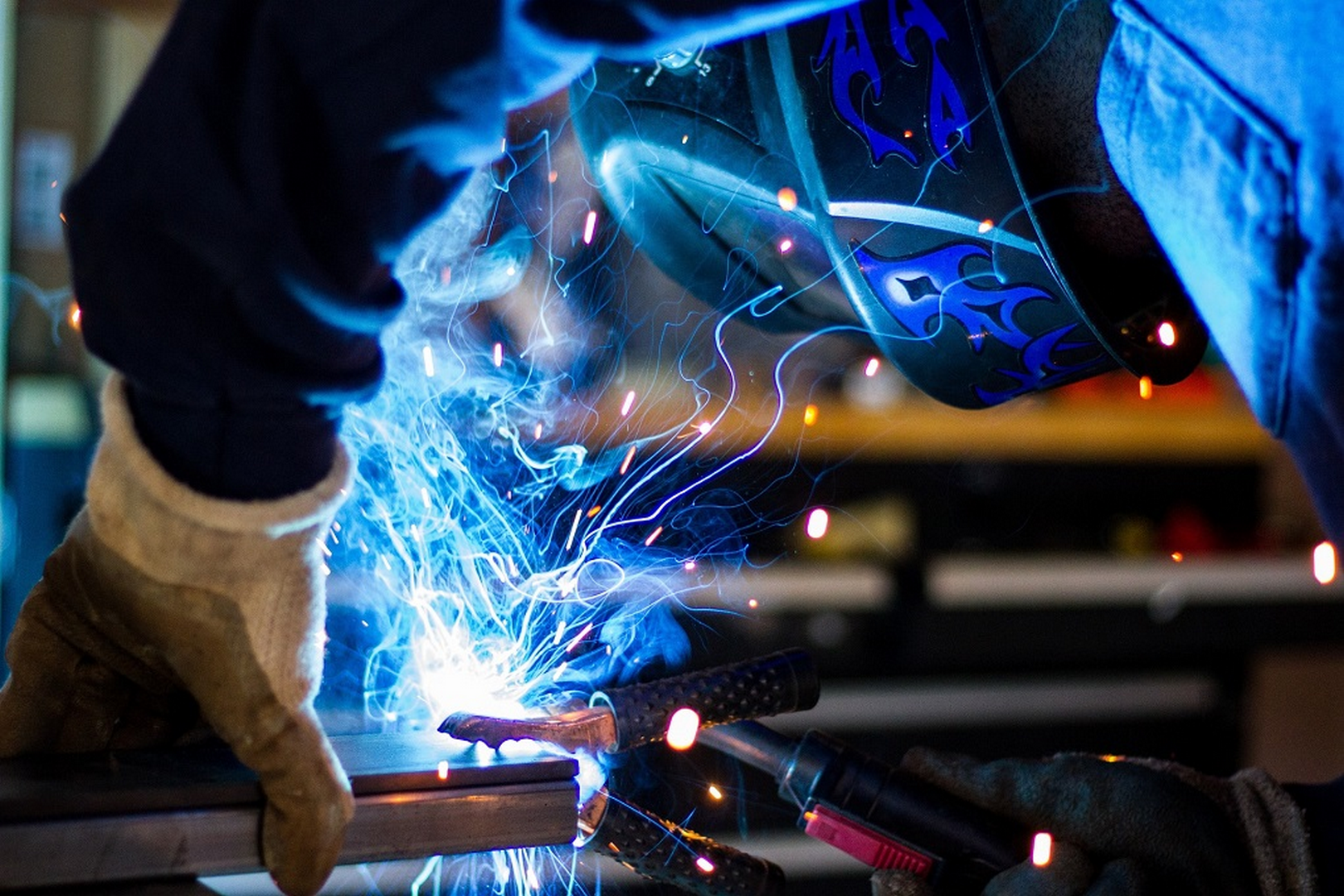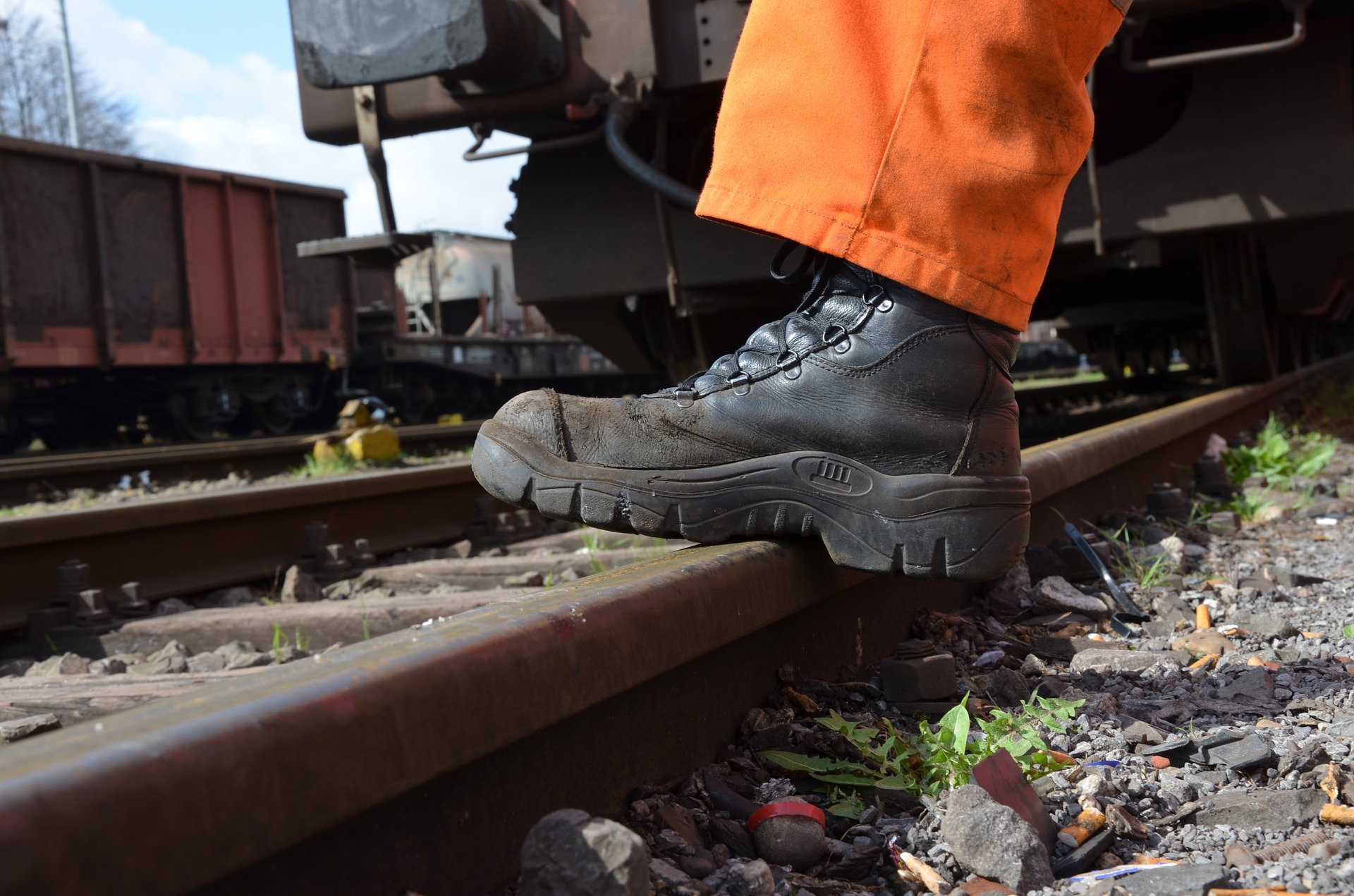There are many risks when welding; some of
them include electric shock, inhaling toxic fumes, injuring your eyes and
burns.

These risks mean that protective clothing
should ALWAYS be worn during all welding operations… The correct welding protective
gear includes:
Respirator / Welding Mask – There are many
different types of masks to choose from, you need to buy the one that is
created for the tasks you will be doing.
Ventilation – Before you start welding make
sure the area has the correct ventilation. If an area is badly ventilated it
can lead to plume poisoning. Should you feel you have inhaled any toxic fumes –
get help right away!
Make sure your welding area is clean and
check any gasses for leaks.
Eye Protection – Protect your eyes from
flying debris and the effects of ultraviolet light with the right eye
protection. Different types of welding means you may need types of helmets,
varying from shade number, lenses and comfort.
Fire Protection – Did you know that welding
sparks can cause fires? Keep a fire extinguisher close by as well as water and
sand.
Protective clothing – All your skin needs
to be covered when you are welding in order to protect from metal and sparks.

For all your PPE clothing and equipment,
contact L&A Safety or
visit on of their branches in Cape Town, Vredenburg and Robertson.

/GettyImages-106887659-56a1bd143df78cf7726d82ce.jpg)
